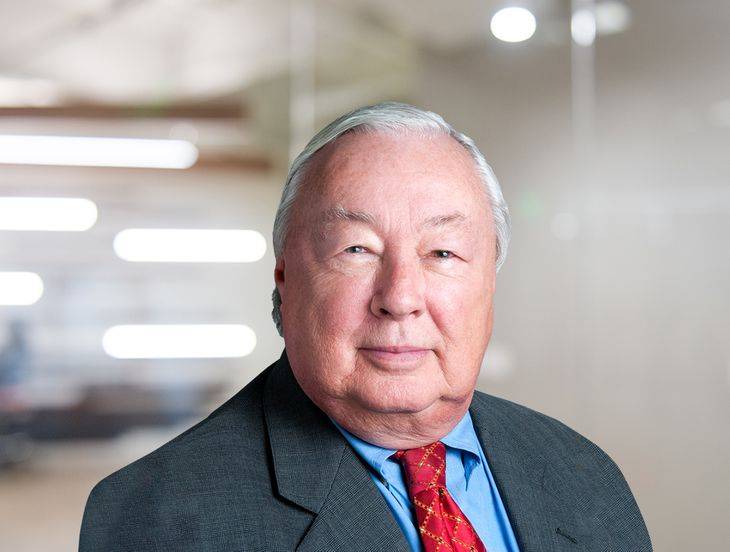Obamacare By The Numbers
Insights
2.01.12
Two new studies just out highlight the extraordinary problems now facing the United States health system, and some of the consequences that could befall the country if critical parts of health reform are stripped away.
Who Spends The Most On Healthcare?
The first study, issued by the federal government's Agency for Healthcare Research and Quality on January 11, identified who in America is spending money on healthcare, and found that in 2008 and 2009, only 5% of the civilian population accounted for almost 50% of healthcare expenditures.
More significantly, 1% of the population accounted for approximately 21% of total healthcare expenses. According to the report, these expenses totaled approximately $1.26 trillion in 2009, meaning that the top 5% spent around $630 billion on healthcare, while the top 1% spent $265 billion. Of equal significance, 50% of the civilian population accounted for only 3% of overall healthcare expenditures.
Who were the top spenders? Not surprisingly, those over the age of 45 were disproportionately represented. Moreover, although persons over 65 accounted for only 13.2% of the overall population, they accounted for 42.9 % of the individuals in the top 10% of spenders. Although women represented only 51% of the population, they were 59% of those who remained in the top 10% of spenders in both 2008 and 2009.
The lesson for employers is clear, and illustrates why the automobile industry with its legacy of high-coverage, premium-free retiree health plans suffered so badly over the past few years. Retiree health coverage is extremely costly, and should be avoided or limited whenever possible. Second, the numbers illustrate how just a few sick individuals can account for much of an employer's healthcare expenditure in a single year. Health screening and a full range of wellness programs are a must for any employer that is seeking to control its healthcare costs. The results of the report also highlight why it is so important that health reform be done correctly.
What About The Mandate?
The second study was released on January 12 by the Robert Wood Johnson Foundation and the Urban Institute, and it raises questions about the future and design of President Obama's health reform law. One of the central tenets of the existing law – some would say the essential feature of the law – is the "individual mandate." Individual mandate means that a person must have health coverage or pay a penalty tax to the government. The tax is designed to force people to take coverage, whether they think they will need it or not.
The individual mandate is crucial to the law because without it, many people believe that healthy, younger individuals will opt out of health coverage, leaving health plans and insurers to cover only the older and sicker parts of the population. If this is the case, premiums for coverage will skyrocket, not level off so they can be afforded by all.
The individual mandate is now before the U.S. Supreme Court in a lawsuit brought by a coalition of states. The suit alleges that forcing people to buy health insurance oversteps the powers of Congress and is unconstitutional. The mandate and other parts of the existing health reform law are also under attack in Congress, with many Republicans vowing to repeal the law if the upcoming election gives them power to do so. And finally, there are those who say that the tax penalty imposed on those who choose to avoid health coverage is so low that it will not make the mandate effective.
The Robert Wood Johnson Foundation/Urban Institute report examines what would happen to healthcare costs if the individual mandate is taken out of the existing health reform law. The report concludes that elimination of the mandate would mean that 42 million persons would remain uninsured, as opposed to 26 million if the mandate remains in place. This is significant because many of those choosing to remain uninsured without a mandate would be younger, healthier individuals, which would significantly drive up the cost of insurance for the remaining population.
This is because without a mandate, the pool of covered persons would tend to be older and sicker. In fact, the report concludes that without a mandate, the majority of those covered by insurance exchanges under the health reform law would be over 45…the precise group identified by the Agency for Healthcare Research and Quality as the group disproportionately spending money on health care. The Johnson Foundation/Urban Institute report concludes that without a mandate, premium costs in the exchanges could increase by 25%.
This could have a significant and adverse impact on employer health costs, since many employers are considering using the exchanges to provide future health coverage for their employees, rather than continue to sponsor group health plans.
For more information contact the author at RChristenson@fisherphillips.com or 404.231.1400.
Related People
-
- Robert C. Christenson
- Partner
